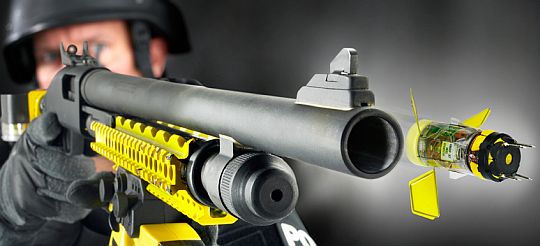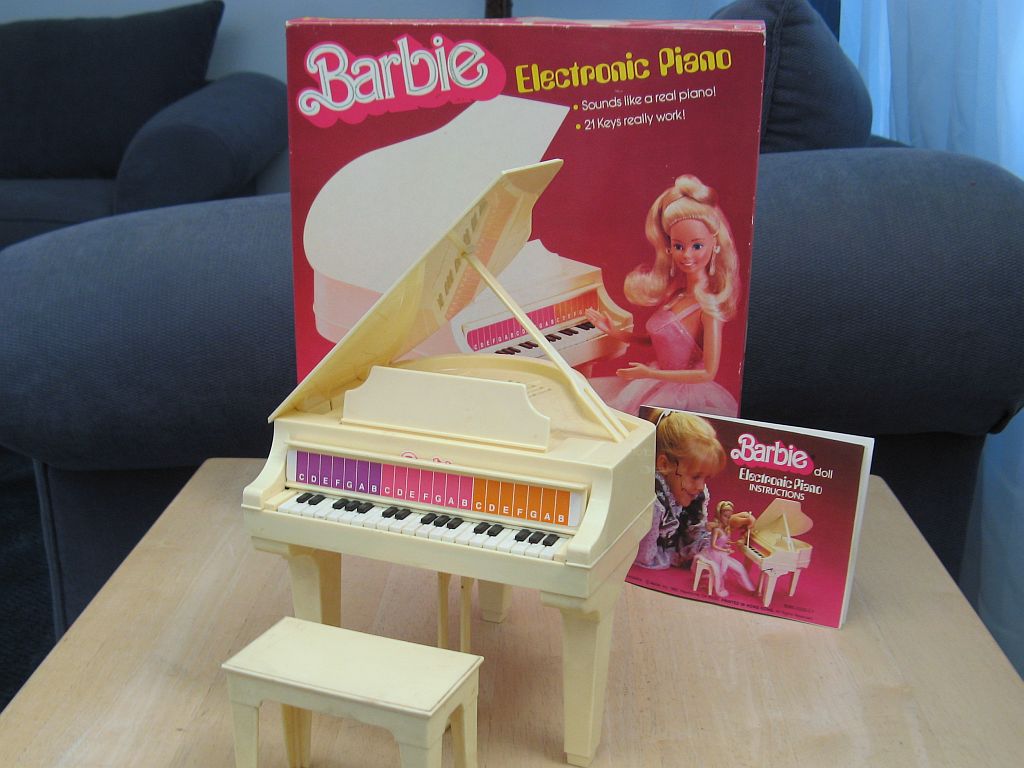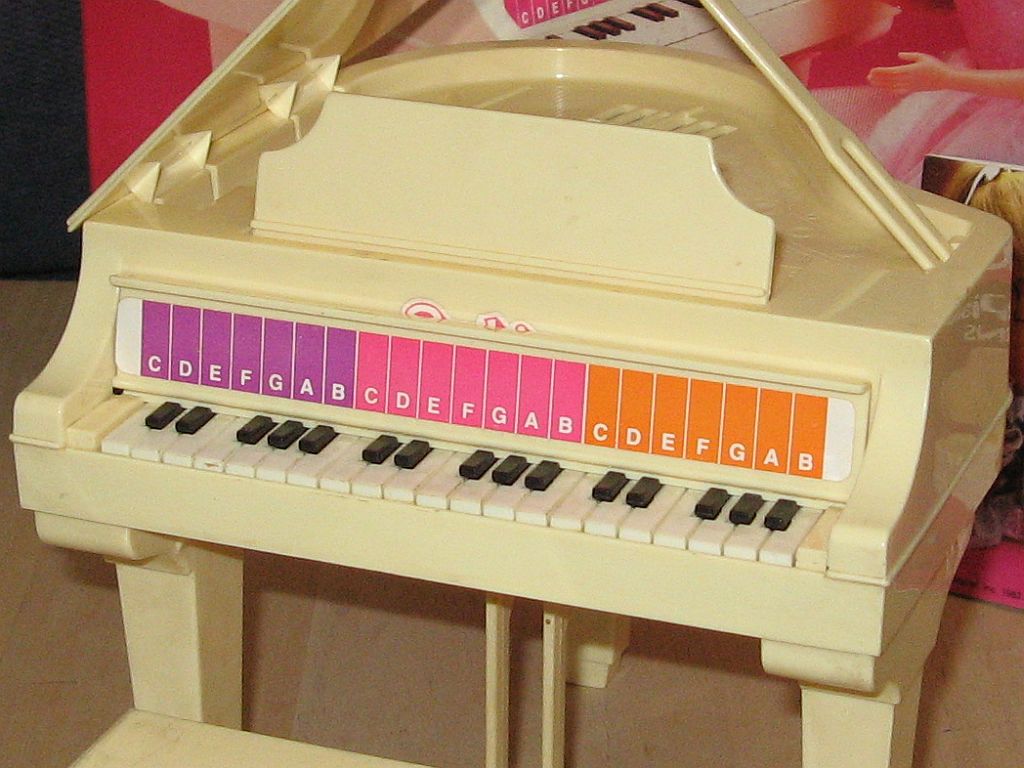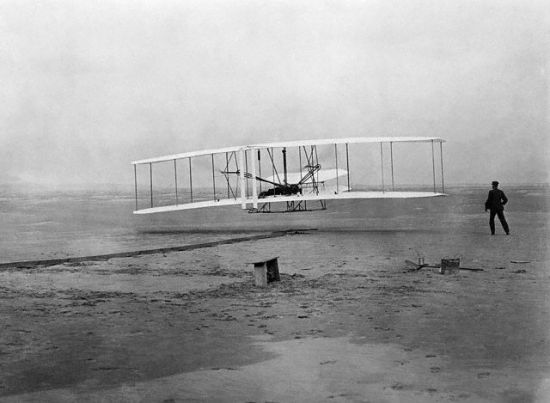While a TASER XREP might be a good non-lethal solution to a home invader, I would recommend the next round in the magazine to be a standard 12-gauge double-ought round – Just in case.

How Stuff Works has a new article on this interesting technology.
Creating a device small enough to fit into a shotgun shell casing but powerful enough to incapacitate a subject was no easy task. The development team at TASER had to find a way to balance power with size. Not only did they need the device to travel farther than a standard TASER, but also to have the right amount of mass. If it had too little mass, it wouldn’t travel far enough. But if it had too much mass, it could become a deadly projectile rather than a non-lethal solution.
UPDATE: This has nothing to do with this post, but deserves your attention. Gun Rights Examiner has details about a teacher getting suspended for having a picture on Facebook while holding a gun. Recommended reading for sure.

 Last month, we finally had our landline telephone service discontinued. I called AT&T to inform them that their services were no longer needed since we each now have a personal wireless device that does everything (and much more) than their service can provide.
Last month, we finally had our landline telephone service discontinued. I called AT&T to inform them that their services were no longer needed since we each now have a personal wireless device that does everything (and much more) than their service can provide.  I had been wanting to make the readout of the hit counter on the “Never Forget” tribute a dynamically-updated widget, so I went to work and made it happen. Now, when you look at the tribute statistics in the sidebar, you will see the counter update in (more or less) real-time as the tribute is served up to yet another website. The rate at which it increments is higher during day and evening hours in the U.S., so I presume most of the people seeing it are in the western hemisphere.
I had been wanting to make the readout of the hit counter on the “Never Forget” tribute a dynamically-updated widget, so I went to work and made it happen. Now, when you look at the tribute statistics in the sidebar, you will see the counter update in (more or less) real-time as the tribute is served up to yet another website. The rate at which it increments is higher during day and evening hours in the U.S., so I presume most of the people seeing it are in the western hemisphere. 


